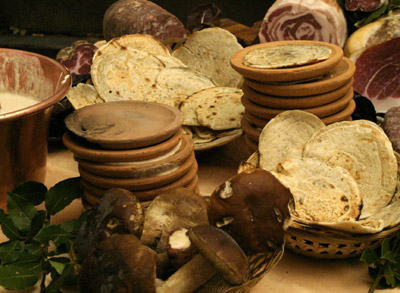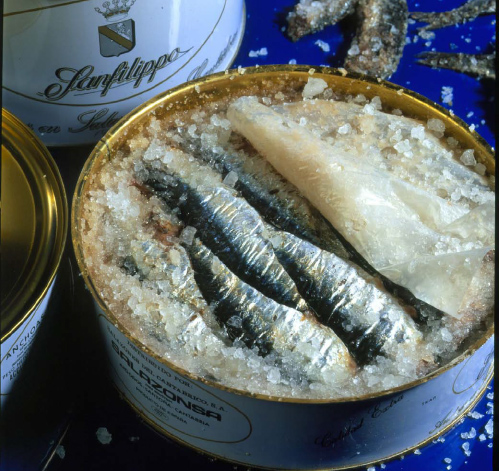Angela
Elite member
- Messages
- 21,823
- Reaction score
- 12,329
- Points
- 113
- Ethnic group
- Italian
Here is the article:
http://www.archaeology.org/news/2960-150206-rome-ancient-meals
It wasn't just about olive oil, vegetables, fruit and grains.
The Italian love affair with pork products is longstanding. It also seems we always liked to eat well!:grin:
"Pork was a staple food for the Etruscans and the Romans, and was probably be served in ways familiar to today's Italian diners. The poor and the rich both ate easy-to-keep pigs, although the rich got better cuts of meat and ate it more often and in larger quantities than the poor. The rich also indulged in rare spices and fancy dinnerware, while the lower classes used crude utensils to eat meals purchased from street vendors, or stews and porridges cooked in large pots."
The high quality diet of even those who weren't well off is not a surprise. The archaeologists are finding the same thing from the excavations of Luni near me. They ate grains, vegetables, fruits, olive oil, and also pork products and fish. Of course, they also drank wine. In addition, even average farmers, in this case, used ceramics imported from far away.
http://www.archaeology.org/news/2960-150206-rome-ancient-meals
It wasn't just about olive oil, vegetables, fruit and grains.
The Italian love affair with pork products is longstanding. It also seems we always liked to eat well!:grin:
"Pork was a staple food for the Etruscans and the Romans, and was probably be served in ways familiar to today's Italian diners. The poor and the rich both ate easy-to-keep pigs, although the rich got better cuts of meat and ate it more often and in larger quantities than the poor. The rich also indulged in rare spices and fancy dinnerware, while the lower classes used crude utensils to eat meals purchased from street vendors, or stews and porridges cooked in large pots."
The high quality diet of even those who weren't well off is not a surprise. The archaeologists are finding the same thing from the excavations of Luni near me. They ate grains, vegetables, fruits, olive oil, and also pork products and fish. Of course, they also drank wine. In addition, even average farmers, in this case, used ceramics imported from far away.




